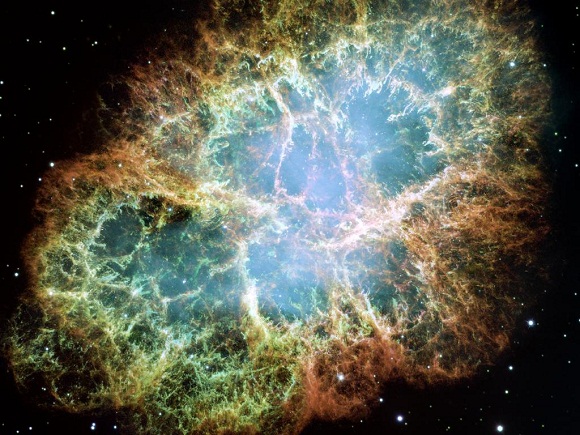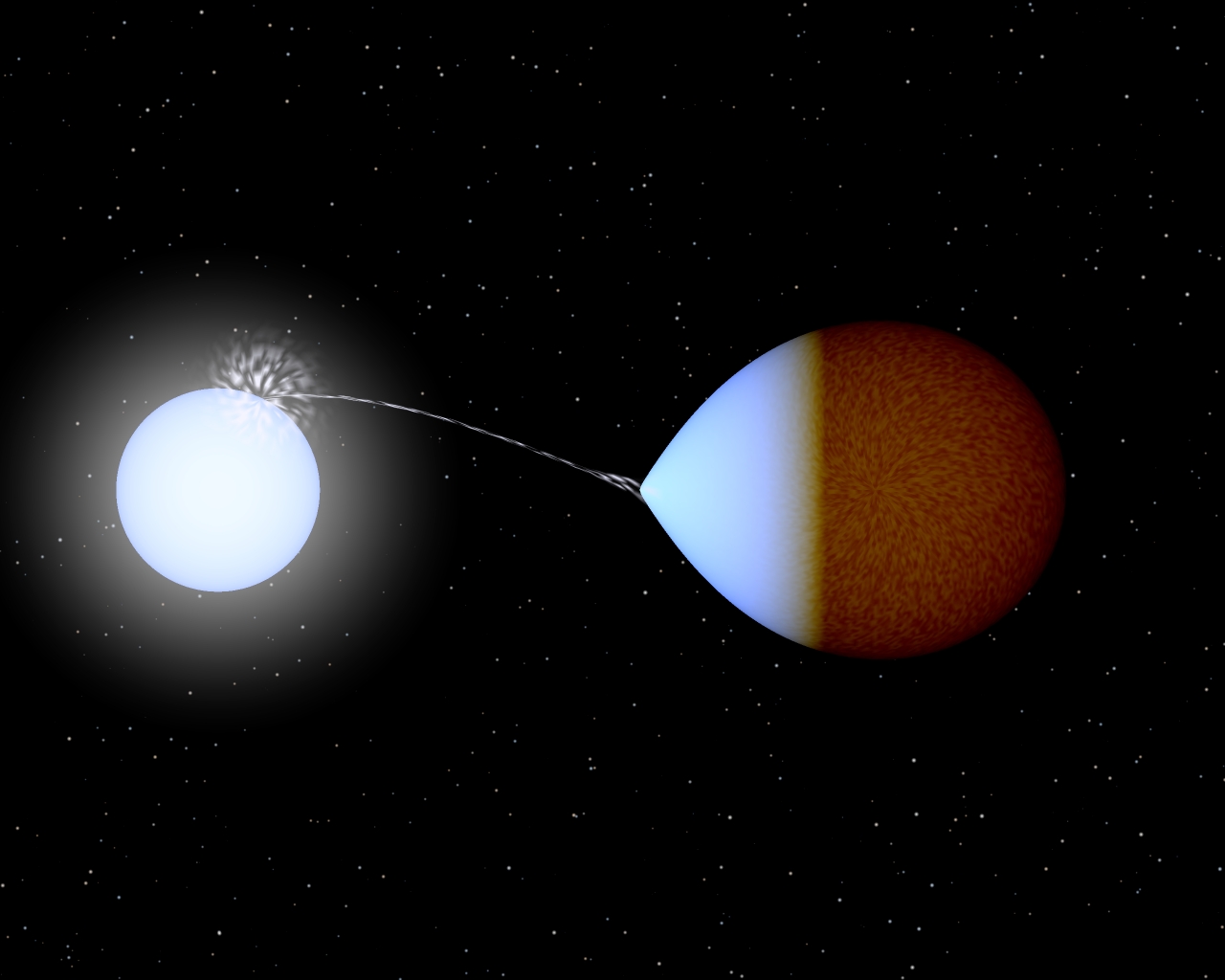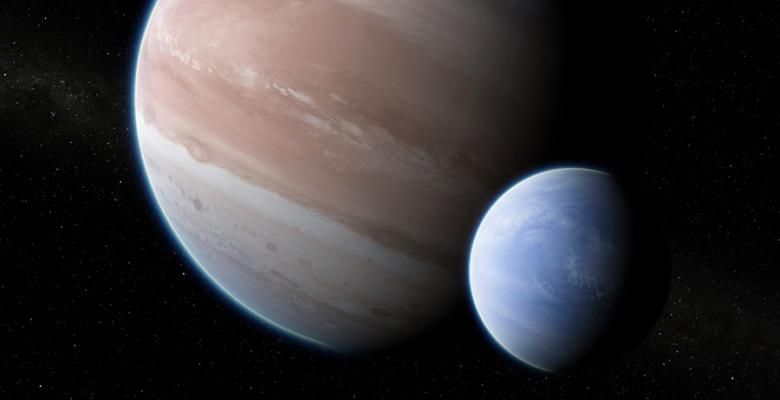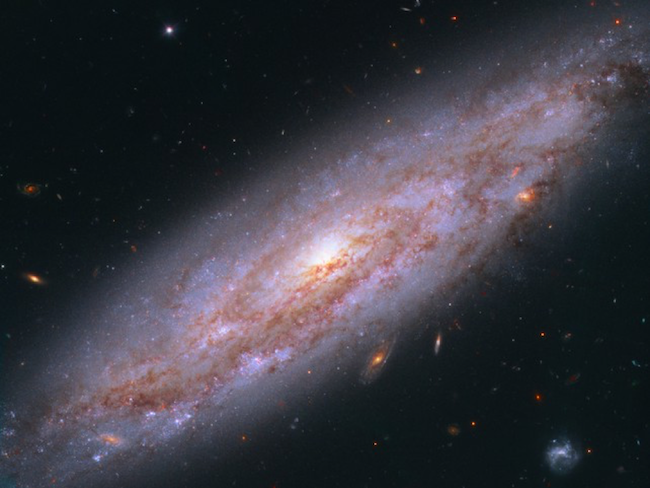Our Galaxy
April Night Sky 2024
April, is that you? Jaysus you’re lookin’ well! That’s right, can you believe it, we’re already in April. March was a bit of a crazy one, with some days feeling like all the seasons had been rolled into one. We’re past that now, and from here on out we’re hoping Read more…































